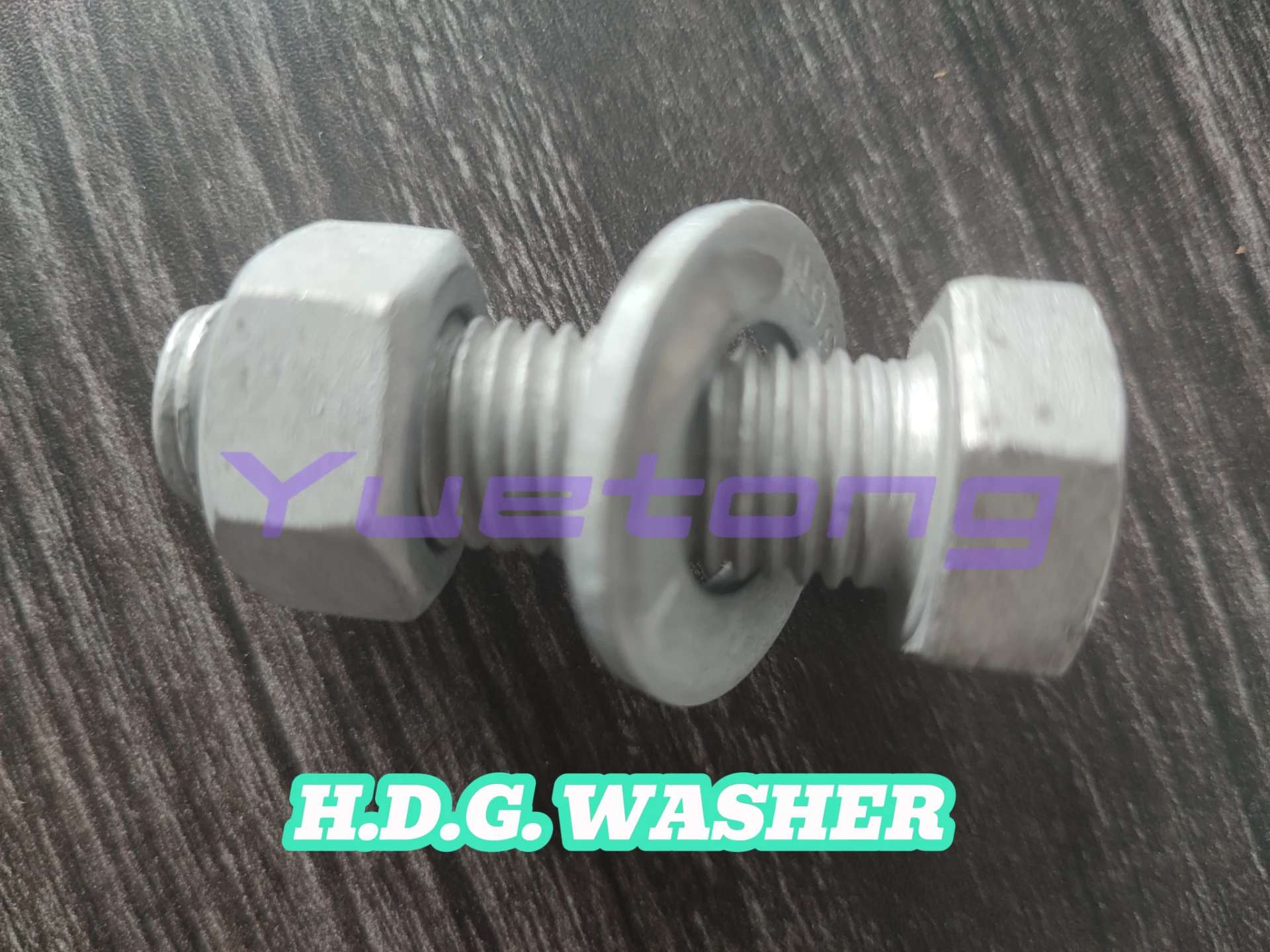Oct . 31, 2024 18:42 Back to list
Dimensions and Specifications for Metric Flange Nut Design and Application
Understanding Metric Flange Nut Dimensions
In the world of fasteners, the metric flange nut is a vital component commonly used in various applications, from automotive manufacturing to construction. Its unique design and specifications make it a preferred choice for securing components while providing increased stability and strength.
What is a Flange Nut?
A flange nut is a type of nut that features a wide, flat base, or flange, which serves to increase the bearing surface. This design allows the nut to distribute the load over a larger area, reducing the likelihood of damage to the connected materials and improving overall joint stability. Flange nuts also typically have a serrated surface on the underside of the flange that helps prevent loosening due to vibrations, making them ideal for applications subject to dynamic forces.
Metric Measurements A Standardized Approach
Metric flange nuts are available in various dimensions defined by the metric system, which is widely used in most countries around the globe. One of the significant advantages of metric specifications is their standardized dimensions that ensure compatibility with other metric fasteners, such as bolts and screws. This standardized approach simplifies sourcing and assembly processes, allowing engineers and manufacturers to avoid the complexities related to socket and thread conversions.
Key Dimensions of Metric Flange Nuts
When selecting metric flange nuts, several key dimensions should be considered
metric flange nut dimensions

1. Nominal Diameter (D) This is the diameter of the bolt or screw that the nut will fit. Common nominal diameter sizes range from M3 (3mm) to M30 (30mm), with M6, M8, M10, M12, and M16 often used in various applications.
2. Width Across Flat (S) This is the distance between the flats of the nut. The width varies according to the nominal diameter, with standard sizes typically outlined in tables provided by manufacturers. For instance, an M8 flange nut might have a width across flats of approximately 13mm.
3. Height (H) The height of a flange nut is the measure from the base to the top of the nut. It is crucial for ensuring the nut fits correctly in the space available for assembly.
4. Flange Diameter (D_f) The diameter of the flange is larger than the nut itself and affects how the nut interacts with the surface it is mounted on. For example, in an M8 flange nut, the flange diameter is typically around 20mm, providing ample support when fastened.
Material Considerations
Metric flange nuts are made from various materials, including steel, stainless steel, and plastic, among others. The selection of material will often depend on factors such as the environment where the nut will be used (e.g., corrosive conditions), the required strength, and the weight considerations of the application.
Conclusion
Metric flange nuts play an essential role in ensuring the reliability and safety of assembled components. Understanding their dimensions and specifications – including nominal diameter, width across flats, height, and flange diameter – is crucial for engineers and manufacturers alike. By choosing the right metric flange nut, they can enhance the performance and longevity of their products, making these fasteners a valuable asset in any toolbox.


